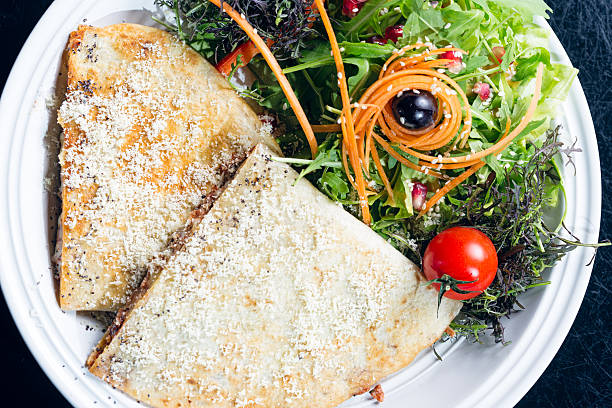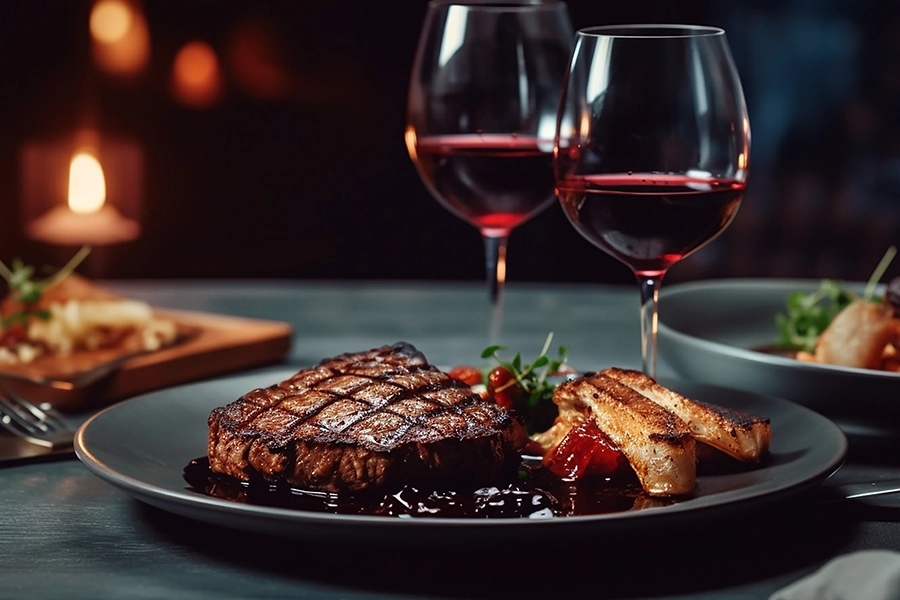Rosti Recipe
It is believed that its secretive Swiss reputation reaches to recipes. With little guidance regarding the rostis recipe, Felicity Cloake felt compelled to try her hand at it.
A simple dish made using just two ingredients, and a few are humble; the rosti recipe is challenging to pinpoint. It’s almost like the Swiss are trying to protect the dish’s secret and hidden in a cave because finding anything definitive regarding the popular Alpine dish, including the type of potatoes used for the cooking technique, ‘s akin to climbing the northern ridge of the Eiger. (In reality, the task is more difficult because nobody has, as is my knowledge produced any even remotely resembling an exact recipe for rosti.) What I can discover during my initial study is that I’ve mispronounced it throughout the years: presumably, it’s the Deutsch-ti instead of row-sti. However, it’s not my only issue.
Although some Swiss believe that it is to be their food of choice, everyone is taking a liking to the dish too, and it’s not as if I’ve not consumed a few of them in my lifetime (most memorable was the one in the Himalayas, which had an egg in the middle). However, I was shocked to learn on a food site that despite an annual average of 84%, “most restaurants … in Singapore serve rosti as a side”. A love for fried potatoes appears to be all over the world. But, all too often, these rostis from all over the world come with a bland, starchy taste and a raw, greasy exterior, making them a possibility that’s more unattractive than burger bar hash browns, as for me.
This summer, I took a long weekend hiking through the Alps and realized that, even though the Swiss appear to be state of not being able to produce even an ounce of water that costs less than a dollar, they can have the best rosti in the world. The outside was crispy, but the inside and soft and melty, a potato-y dish; it was delicious to the point that it didn’t require any other garnishes, but it was a must that when you have mountains to conquer, I threw in plenty of smoked cheese and ham from the local area. However, when I attempted to locate a recipe that would allow me to make the dish in my kitchen, I ran to a halt in silence. And with no way to make a rosti dish, the only option was to experiment.
Perfect potato rosti
They’re delicious plain, but the rosti can be transformed into a complete meal by adding onions, bacon, bacon, and sweet Alpine cheese. (Some regions even include coffee and coffee beans; they’re insane Swiss, right?). The only thing you need to make a great rosti it’s a few potatoes that have been parboiled to create an incredibly soft and melting inside and then fried in a lot of butter, hot or goose fat till crispy, as well as a few peaks to climb to build an appetite.
Serves four as an appetizer dish, two as the main dish, two medium-sized waxy potato
Tbsp butter
Tbsp goose fat
Cook potato in salt water to tender but not mushy. Let them cool and allow them to chill for at most two hours.
Coarsely cut the potatoes into pieces and then season. In the meantime, heat half of the fat in an incredibly heavy-based, small fry pan until it is smoking. Then add the potato that has been grated, and allow to cook for a few minutes before forming into a cake shape by pressing it down as gently as you can. The cake should cook for about two minutes, then gently shake the pan to release the potato.
Continue to cook for around 10 minutes or until crispy and golden, then place a dish on over the pan and flip it over so that the cake is cooked side up in the pan.
Add the remaining butter and goose fat to the pan. Once it is hot, return the potatoes to the pan, and cook the other way. Cook until it is cooked for ten more minutes, and then serve.
Are rosti just nothing more than a hashbrown with Alpine graces and airs, or is it a typical national dish that Switzerland is proud to serve? What are your top-rated tips, and what other food items are you a fan of to avoid the chill of the mountains?
Why should you support why you keep the Guardian? It’s one that many of our readers ask, and you might as well, as you are joining us in India.
Here are Five great reasons why more than a million readers are funding our work and are part of our journalism mission …
We’re genuinely independent without a billionaire owner. This means we can speak out about individuals and their power without commercial or political influence. Nobody edits our editor or silences our voice.
Our fearless investigations expose the reality and exploitation in times when the wealthy and powerful can get away with ever more, and inequity is rampant.
Unlike so many other sites, our high-quality report is accessible and is not confined to a closed room, which means that everyone can understand the world’s events without paying
For the last 200 years, we’ve advocated for freedom of speech because, without thriving and accessible media, a sound democratic system is unattainable.
Funding our work is optional. Every cent is significant. It takes a lot less effort to show your support than it did to read this message.
We understand that only some have the money to buy current news. We encourage you to continue reading for free if this is the case for you. We’re always here to help.
However, if you are with our model of reader-funded journalism and can contribute some or a tremendous amount, now is the perfect time to be a part of the solution. Support open independent Guardian journalism for the rest of your life for only two dollars per year. Thank you.




Post Comment